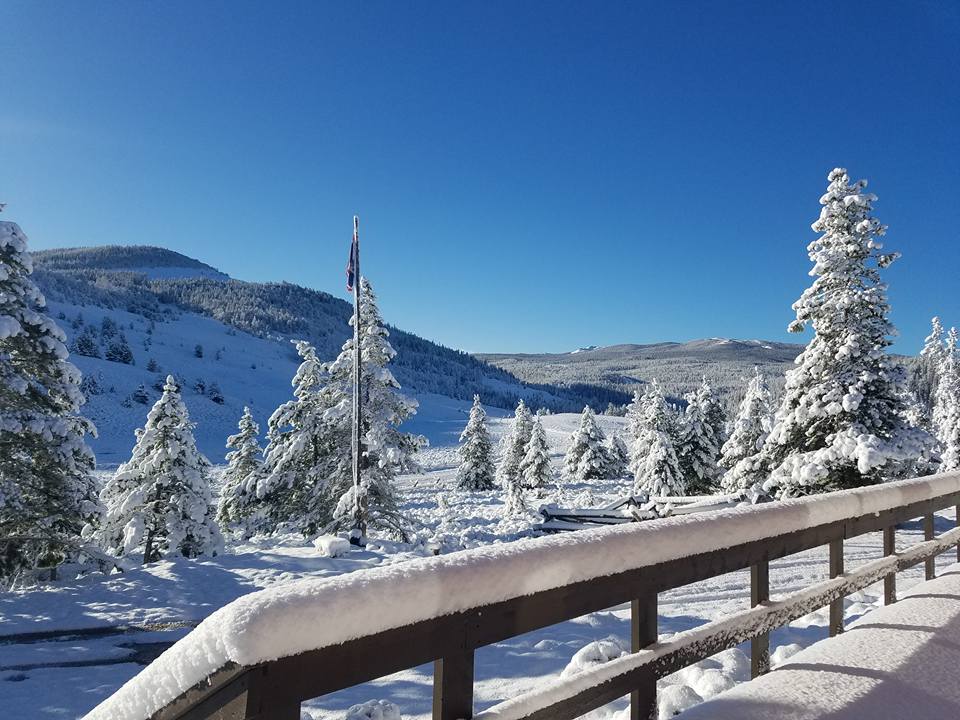Just east of Jackson Hole snow melt from Wyoming’s Union Pass area drains into the West’s three great river systems: the Missouri, the Colorado, and, via the Snake River in Jackson Hole, the Columbia. The area is where the Wind River Range, the Gros Ventre Range, and the Absaroka Range merge. For many generations Union Pass was a primary route through the mountains for Native Americans. The early fur trappers crossed Union Pass, as did the Astor Expedition in 1811.
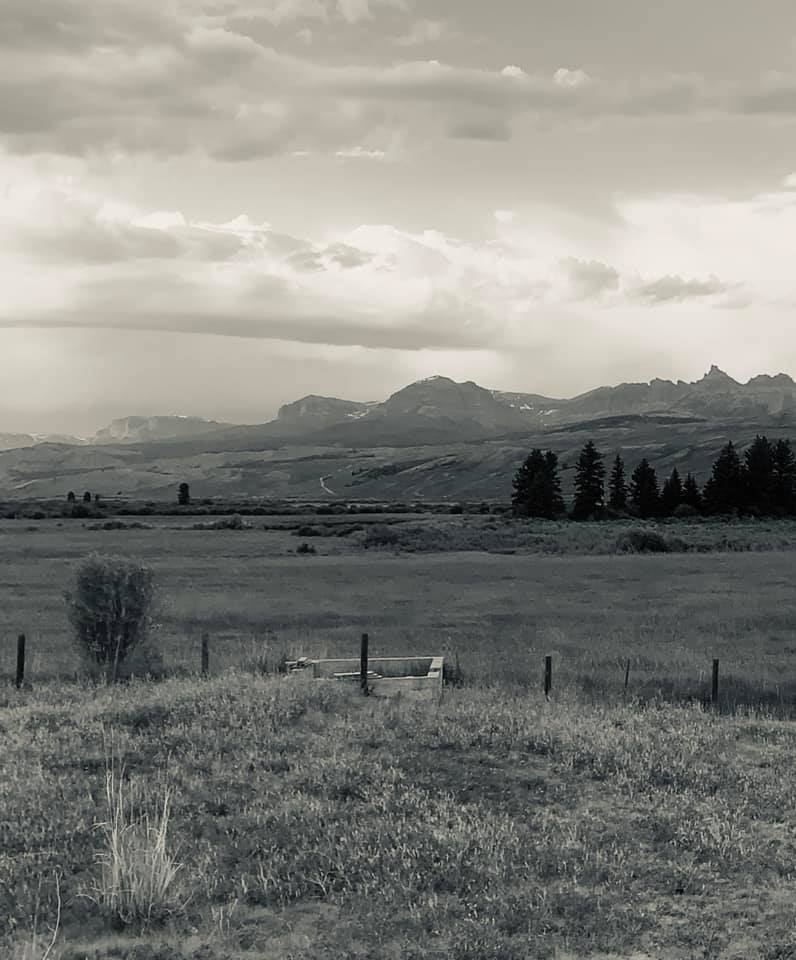
The summer of 1955 John Raymond and I decide to celebrate our recent graduation from Riverton High School by exploring the Union Pass country. The Warm Springs Creek Road from the highway west of Dubois ends at Lake of the Woods. A few rough tracks branch out from there, four wheel drive only.
The area, heavily developed now, was quiet in those days. The tie hacks were gone. The only inhabitants are a ranch couple with a grazing permit who for years have operated a summer cow camp out of a cabin at Lake of the Woods. They were folks my grandfather grew up with in Dubois. We take in fresh fruit and vegetables for them. They provide us with the unexpected comfort of a wall tent with a floor and wood stove.
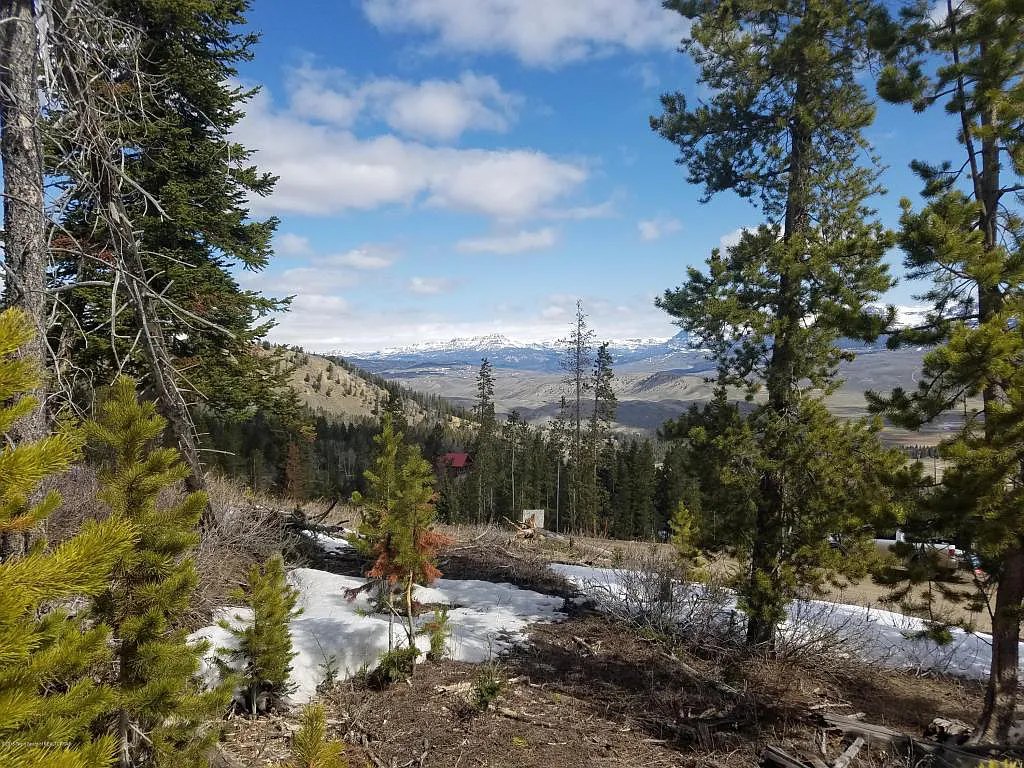
The only others we run into are Pete Peters and his family, roughing it on vacation. Pete is the Wyoming Highway Patrolman for Fremont County. John and I have never seen him out of uniform before, or unshaven for a week.
It’s a great trip. We fly fish for the arctic grayling Game and Fish planted in Lake of the Woods. We fry up a dumb grouse. (Dumb because she allows me to get close enough to shoot her through the head with my .22 pistol.) We investigate the old wooden chute the tie hacks used to float logs down the side wall of Warm Springs Canyon into the Wind River.
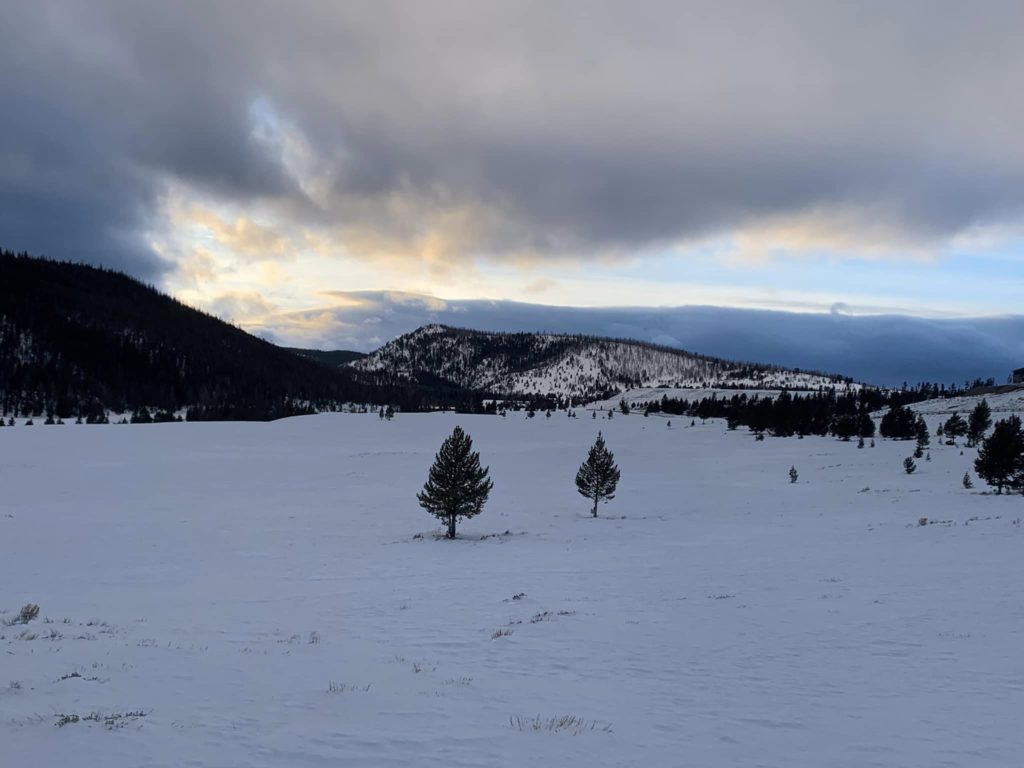
Earlier, planning how we’d get around in the mountains had been no problem. We’d just take my Jeep.
(It isn’t really my Jeep. It belongs to my Grandfather. But he hasn’t driven it since I turned 15 and Pete Peters handed me my driver’s license. Pete said I didn’t have to take the test. He’d been watching me drive for months. He said the same thing three years later when I applied for the commercial operator’s license I needed to drive 18-wheelers legally.)
So we would use the Jeep. But deciding how to get the Jeep to the mountains takes some thought. It’s one of the older models . . . hard seats and 45 miles an hour on the highway. My grandfather has welded a tow bar to the front bumper, but John and I don’t have anything to pull the Jeep with.
Then John finds a good buy on a trailer hitch. It’s attached to a big Packard, about the same age we are, with a straight 8 engine. The Packard runs well, though it gets about the same mileage from a quart of oil as from a tank of gas. It doesn’t go far on a tank of gas either.
Some young men from a place far to the east of Wyoming have been on a road trip. When the Packard’s battery dies in Riverton, they’re broke and stranded. John buys the car from them for $50. Then he doesn’t have enough money to buy a battery either.
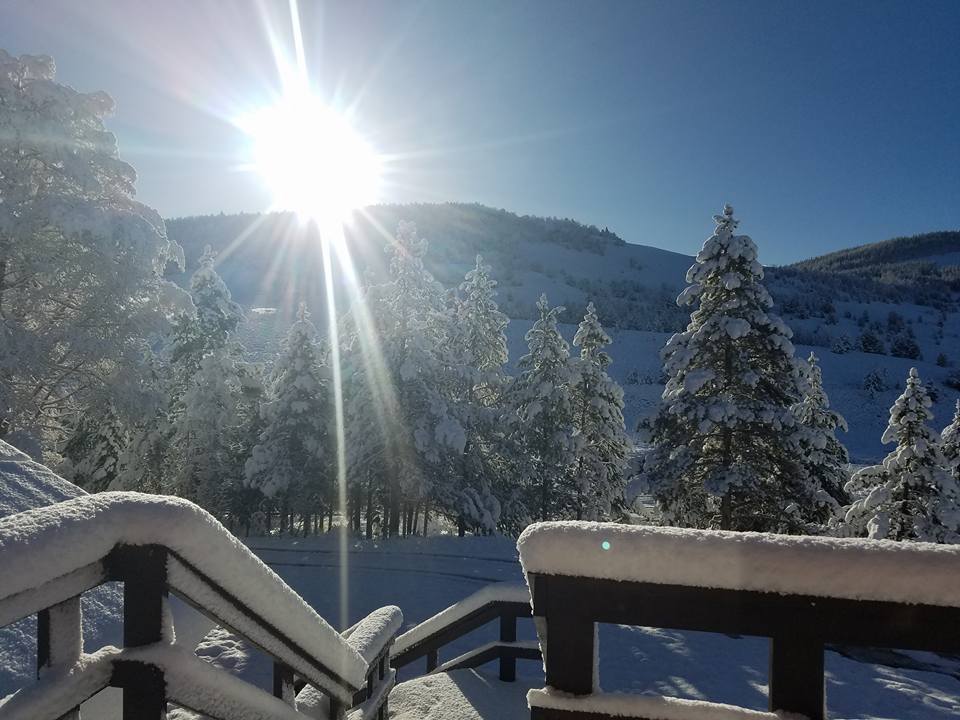
Undaunted, we hitch the two vehicles together and head for the mountains. We ride the highway in comfort, the Packard pulling the Jeep by the tow bar. We start the Packard easily, pushing it by the tow bar with the Jeep.
Story by Don M Ricks

